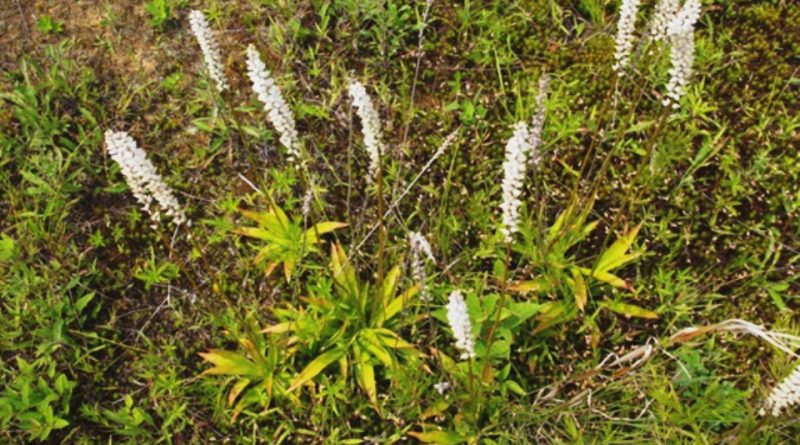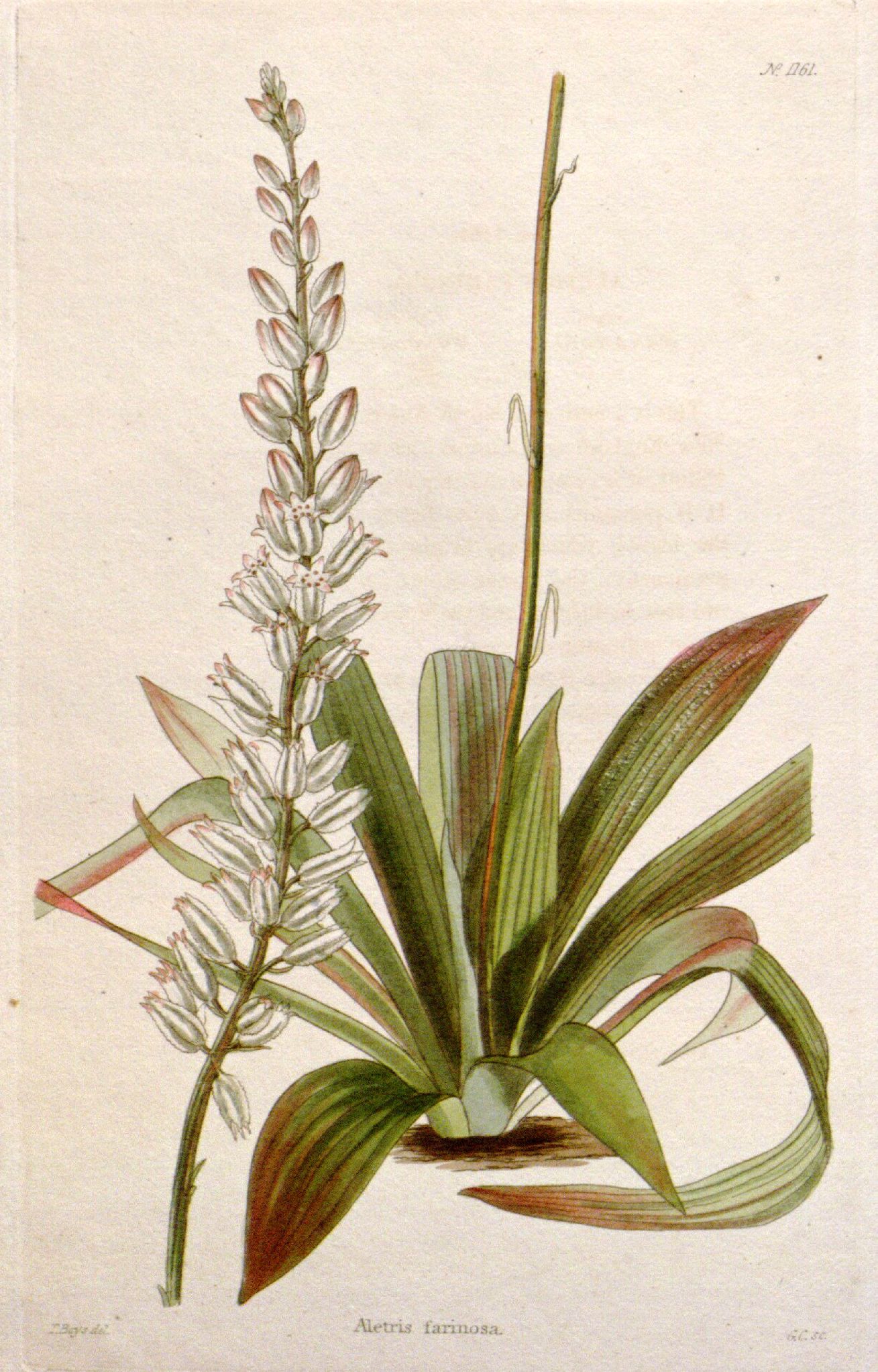Aletris farinosa
Aletris farinosa
The unicorn root (Aletris farinosa L.) is a perennial herbaceous species belonging to the Nartheciaceae family.
Systematic –
From a systematic point of view it belongs to the Eukaryota Domain, Plantae Kingdom, Tracheobionta Subregion, Magnoliophyta Division, Liliopsida Class, Liliidae Subclass, Orchidales Order, Nartheciaceae Family and therefore to the Genus Aletris and the species A. farinosa
The terms are synonymous:
– Aletris alba Michx .;
– Aletris lucida Raf ..
Etymology –
The term Aletris comes from the Greek ἀλετρίς -ίδος “woman who grinds”.
The specific floury epithet comes from floury farinosus, floured, for the white patina that covers the plant.
Geographical Distribution and Habitat –
Aletris farinosa is a herbaceous species that is found in most of the eastern United States but is also found in the southern part of Ontario, Canada. It is also known in all states east of the Mississippi River, with the exception of Vermont, as well as Texas, Oklahoma, Arkansas and Louisiana.
Its habitat, typical of North America, is that of dry and humid, sandy or gravelly places.
Description –
Aletris farinosa is a perennial herb with underground bulbous rhizomes through which it spreads.
Flowering stems can reach a height of up to 100 cm.
This plant forms rosettes of leaves. The leaves are narrow, up to 20 cm long, bright yellowish green in color.
The flowers are white, up to 10 mm long.
The fruits are dry capsules of a thinned shape towards the tip.
Cultivation –
The unicorn root is a spontaneous species in the areas of North America where it prefers sandy or gravelly soils.
It reproduces through its underground rhizomes.
The plant is cultivated not only for medicinal purposes but also for ornamental purposes.
Uses and Traditions –
Aletris farinosa is an officinal plant whose rhizome is used as a bitter tonic.
Bulbous rhizomes and adherent roots are used for this plant.
The main components are: Diosgenin, a steroidal sapogenin, from which progesterone and cortisone, ethereal oil and resin were obtained by synthesis.
Among the pharmacological properties and therapeutic use, it should be remembered that it has bitter-tonic action at therapeutic doses; at high doses it acts instead as emetic-cathartic. It is indicated in dyspepsias and, according to some authors, Atletris would also be prescribed as diuretic and antirheumatic.
Other authors have shown that Atletris is endowed with estrogenic activity.
Method of Preparation –
With the rhizomes and roots close to these, tinctures and syrups are prepared from this plant for therapeutic uses.
Guido Bissanti
Sources
– Acta Plantarum – Flora of the Italian Regions.
– Wikipedia, the free encyclopedia.
– Treben M., 2000. Health from the Lord’s Pharmacy, Tips and experiences with medicinal herbs, Ennsthaler Editore
– Pignatti S., 1982. Flora of Italy, Edagricole, Bologna.
– Conti F., Abbate G., Alessandrini A., Blasi C. (edited by), 2005. An annotated checklist of the Italian vascular flora, Palombi Editore.
Warning: Pharmaceutical applications and alimurgical uses are indicated for information purposes only, they do not in any way represent a medical prescription; therefore, no responsibility is accepted for their use for healing, aesthetic or food purposes.


